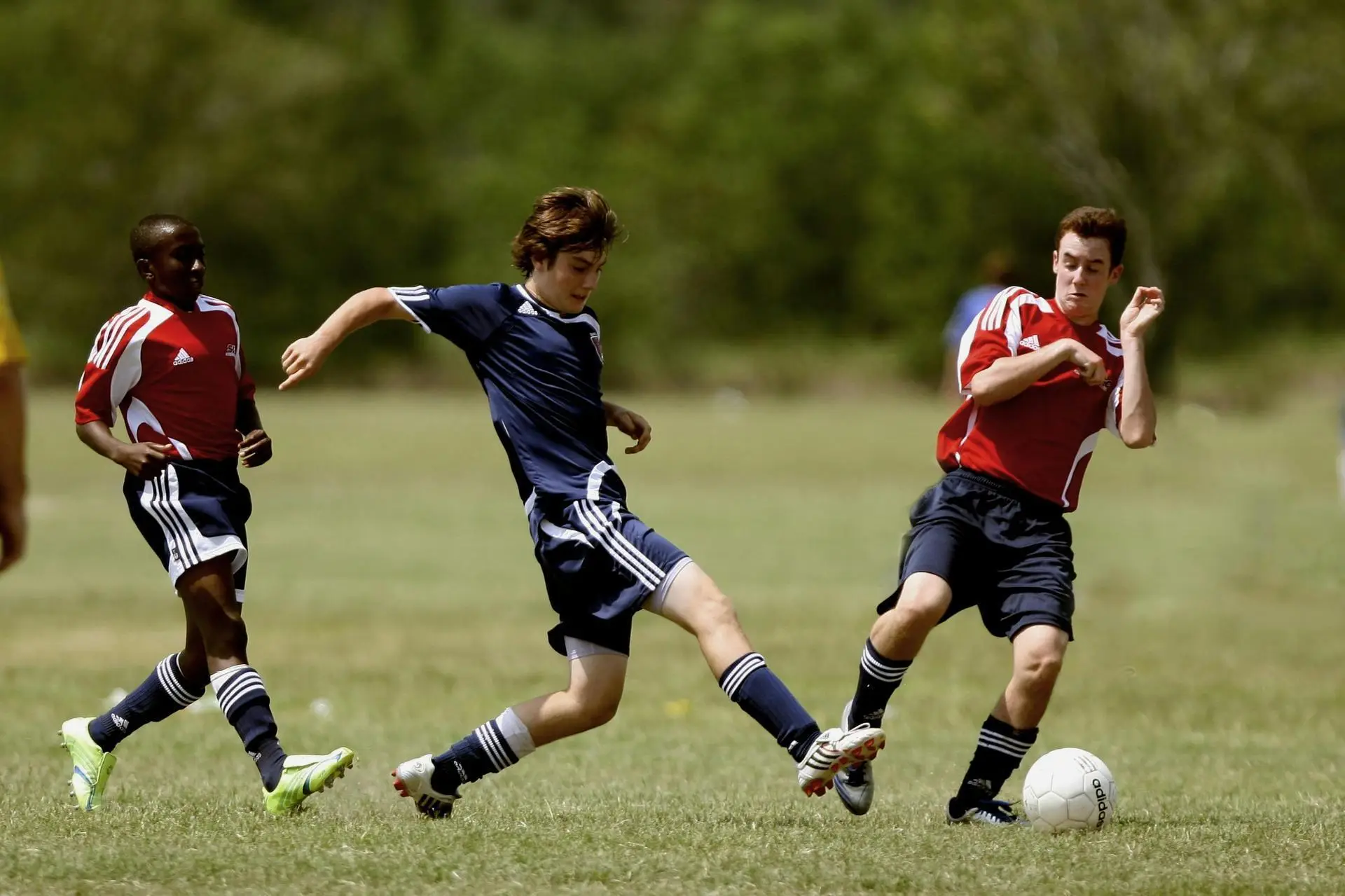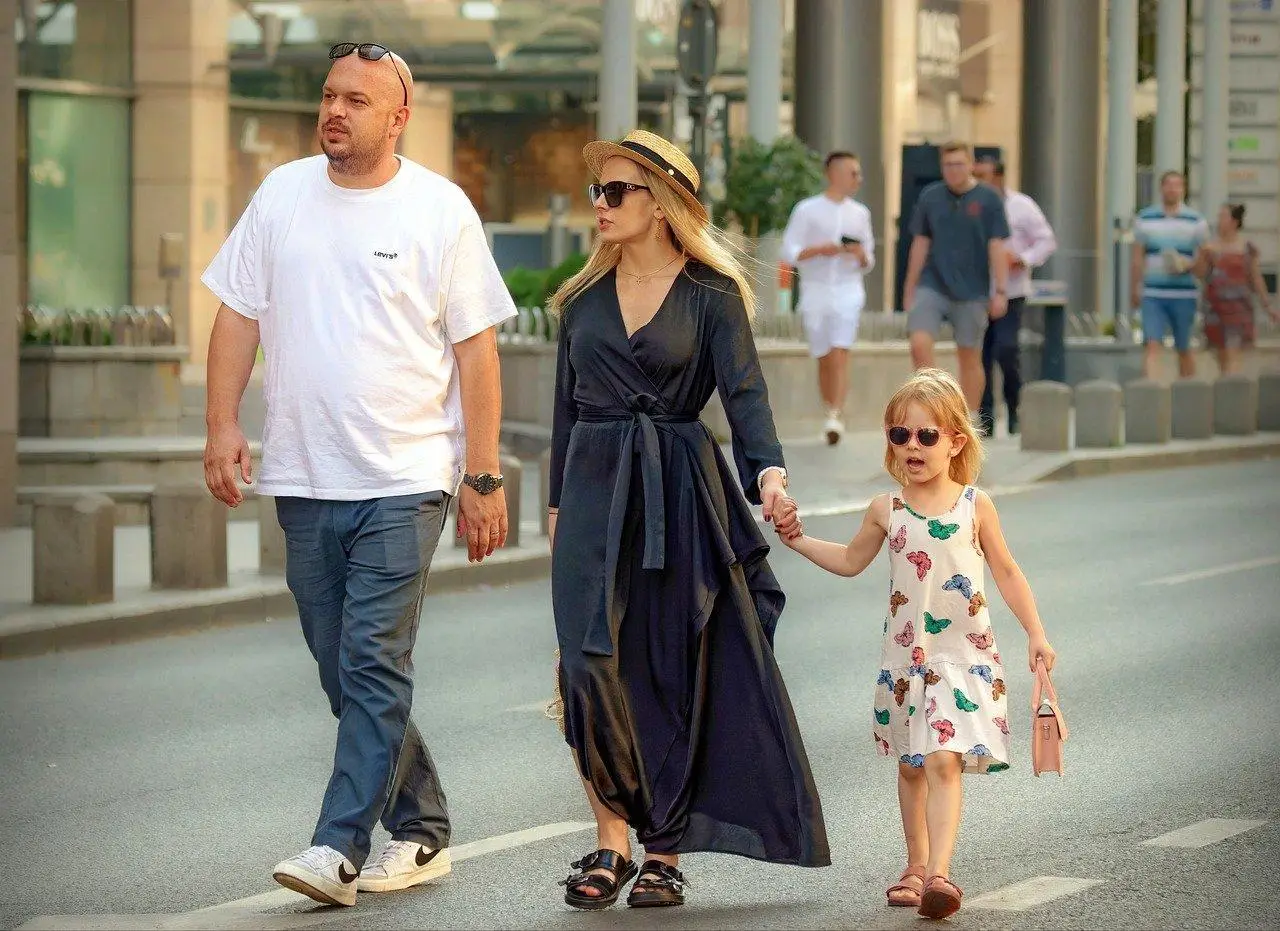How Community Sports Can Transform Neighborhoods
Sports have long been recognized as a unifying force, bringing people together across cultures, ages, and socioeconomic backgrounds. Community sports, in particular, have the unique ability to foster a sense of belonging and purpose, while simultaneously addressing pressing challenges within neighborhoods. From improving physical and mental health to reducing crime rates and strengthening social ties, the impact of community sports on neighborhoods is profound and far-reaching.
This article explores how community sports can transform neighborhoods, highlighting their role in building stronger, healthier, and more connected communities.
Building Stronger Social Connections
One of the most significant impacts of community sports is their ability to foster social connections. Shared participation in sports creates opportunities for individuals to bond, break down social barriers, and build trust.
Key ways community sports strengthen social ties:
- Encouraging teamwork: Sports teach collaboration and communication, helping participants build relationships with teammates and opponents alike.
- Bringing diverse groups together: Community sports often attract people from different backgrounds, creating opportunities for cultural exchange and mutual understanding.
- Creating a sense of belonging: Regular participation in sports fosters a sense of community and shared purpose, reducing feelings of isolation.
By connecting individuals, community sports help create neighborhoods where people feel supported and valued.
Promoting Physical and Mental Health
Community sports play a vital role in improving the overall health of neighborhood residents. Regular physical activity is essential for maintaining physical fitness, preventing chronic diseases, and boosting mental well-being.
Health benefits of community sports include:
- Physical fitness: Activities like soccer, basketball, and running improve cardiovascular health, strength, and flexibility.
- Mental health improvements: Exercise releases endorphins, reducing stress, anxiety, and depression.
- Encouraging healthy habits: Participation in sports often leads to healthier lifestyle choices, such as better nutrition and improved sleep patterns.
Neighborhoods with active community sports programs tend to have healthier, happier residents, reducing the strain on local healthcare systems.
Reducing Crime and Anti-Social Behavior
Community sports have been shown to reduce crime rates and discourage anti-social behavior, particularly among youth. By providing structured activities and positive role models, sports programs can steer individuals away from negative influences.
How community sports reduce crime:
- Providing alternatives: Sports offer a constructive outlet for energy and a distraction from harmful behaviors like drug use or gang involvement.
- Building discipline: The structure and rules of sports teach participants self-control, respect, and responsibility.
- Fostering mentorship: Coaches and older players often serve as role models, guiding younger participants toward positive choices.
Investing in community sports programs can lead to safer neighborhoods and brighter futures for at-risk youth.
Boosting Economic Development
Community sports can also contribute to the economic growth of neighborhoods. By attracting visitors, creating jobs, and fostering local business opportunities, sports programs have a tangible impact on the local economy.
Economic benefits of community sports:
- Job creation: Sports programs require coaches, referees, administrators, and maintenance staff, providing employment opportunities.
- Increased foot traffic: Events and tournaments bring visitors to the area, benefiting local businesses such as restaurants and shops.
- Property value growth: Neighborhoods with active sports programs and well-maintained facilities often see an increase in property values.
Sports programs are not just an investment in people—they’re an investment in the economic vitality of the community.
Empowering Youth and Developing Life Skills
Youth are among the primary beneficiaries of community sports programs. Through sports, young people develop critical life skills that extend far beyond the playing field.
Key skills gained through community sports:
- Leadership: Team captains and other roles teach young athletes how to lead and inspire others.
- Resilience: Sports teach perseverance and how to handle setbacks, preparing youth for challenges in life.
- Time management: Balancing sports with school and other responsibilities helps young participants develop strong organizational skills.
By empowering youth, community sports help shape the next generation of leaders, fostering a brighter future for neighborhoods.
Creating Inclusive Spaces for All
Community sports programs have the potential to create inclusive environments where everyone feels welcome, regardless of age, ability, or background. By prioritizing accessibility and inclusivity, these programs can ensure that all residents benefit from participation.
Ways community sports promote inclusivity:
- Adaptive sports: Programs designed for individuals with disabilities ensure that everyone has the opportunity to participate.
- Affordable options: Providing low-cost or free programs removes financial barriers for low-income families.
- Family-friendly activities: Events that cater to all age groups encourage intergenerational participation and bonding.
Inclusive community sports programs strengthen neighborhoods by ensuring that no one is left behind.
Strengthening Civic Pride and Engagement
Sports have the power to unite neighborhoods and instill a sense of pride in the community. Through shared achievements and collective efforts, community sports foster civic engagement and a stronger sense of identity.
How sports strengthen civic pride:
- Hosting events: Local tournaments and games bring residents together, creating a shared sense of accomplishment and celebration.
- Volunteer opportunities: Sports programs often rely on volunteers, encouraging residents to give back to their community.
- Creating local heroes: Successful athletes from the community inspire pride and serve as role models for others.
Civic pride and engagement are essential for building vibrant, thriving neighborhoods, and community sports play a key role in fostering these qualities.
Encouraging Environmental Stewardship
Community sports programs often take place in parks, fields, and other outdoor spaces, encouraging residents to appreciate and care for their environment. By promoting outdoor activities, sports programs foster a connection to nature and a commitment to preserving local green spaces.
Environmental benefits of community sports:
- Promoting conservation: Sports programs can raise awareness about the importance of maintaining clean, safe, and accessible public spaces.
- Encouraging sustainability: Events can incorporate eco-friendly practices, such as recycling and reducing waste.
- Advocating for green spaces: Active sports programs highlight the need for well-maintained parks and recreational facilities.
By linking sports with environmental stewardship, neighborhoods can promote both physical well-being and a healthier planet.
The Role of Local Governments and Organizations
Local governments and organizations play a crucial role in the success of community sports programs. By providing funding, facilities, and support, they ensure that these initiatives thrive and deliver maximum benefits to neighborhoods.
How local governments and organizations contribute:
- Funding and grants: Financial support helps cover the costs of equipment, maintenance, and program development.
- Facility development: Building and maintaining sports facilities ensures that residents have safe, accessible spaces to play.
- Partnerships: Collaborating with schools, nonprofits, and businesses expands the reach and impact of community sports programs.
Strong partnerships between local governments, organizations, and residents are essential for creating sustainable and impactful sports initiatives.
Transforming Neighborhoods, One Game at a Time
The transformative power of community sports cannot be overstated. By fostering social connections, improving health, reducing crime, and empowering youth, these programs create lasting positive change in neighborhoods. They bring people together, inspire pride, and lay the foundation for stronger, more resilient communities.
Investing in community sports is an investment in the future of neighborhoods, proving that something as simple as a game can have a profound and lasting impact. When residents come together to play, they’re not just building teams—they’re building better neighborhoods for everyone.











